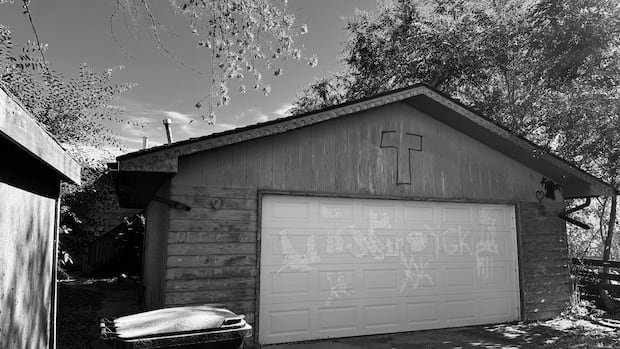A person is dead and more than 40 people have become ill in an outbreak of legionaries in London, Ontario.
The Middlesex-London health unit, which declared the outbreak, said the cases were reported in the last week. Most people with severe respiratory disease live and/or work within a radius of six kilometers from each other, on the southeast side of the city, authorities said.
In a statement on Tuesday, officials said that the Health Unit is working closely with the public health of Ontario and the Public Health Laboratories of Ontario to investigate and try to determine the source of the outbreak.
“The environmental sampling of the possible sources of Legionella is in progress. Since Legionella can be found in many types of cooling systems, research can take time.”
This is the second outbreak of Legionnaires disease in London since last summer. Last year’s outbreak was located in the East End of the city and led to two deaths and 30 infections in total reported.
“At this time, it is not known if [the current outbreak] It is the same place as Legionnella outbreak last year, “said the Health Unit.” However, this is being considered as part of the ongoing research. ”
Bacteria found in water sources
Legionary disease is caused by Legionella bacteria, which is naturally found in water sources such as hydromassage baths, cooling towers, hot water tanks, large plumbing systems or parts of air conditioning systems.
Legionella is not transmitted from person to person. If bacteria are in aerosol or get mistreated in the air (through wind or fans), people can inhale bacteria and feel bad. Most people exposed to Legionella do not get sick, but some may experience the Pontiac fever, a mild disease and similar to the flu that is commonly resolved.
People who are older have lung problems or are immunocompromised (they have a weak immune system) have a higher risk of severe infection.
Anyone who develops symptoms such as fever, cough and lack of breath to seek medical care is encouraged.
All business owners and property administrators must ensure that all cooling equipment is regularly maintained and disinfected according to the manufacturer’s instructions.
Although masks can reduce the risk of infection, the health unit does not recommend regular use throughout the community specifically for the prevention of legionary disease, since the public risk is low.








